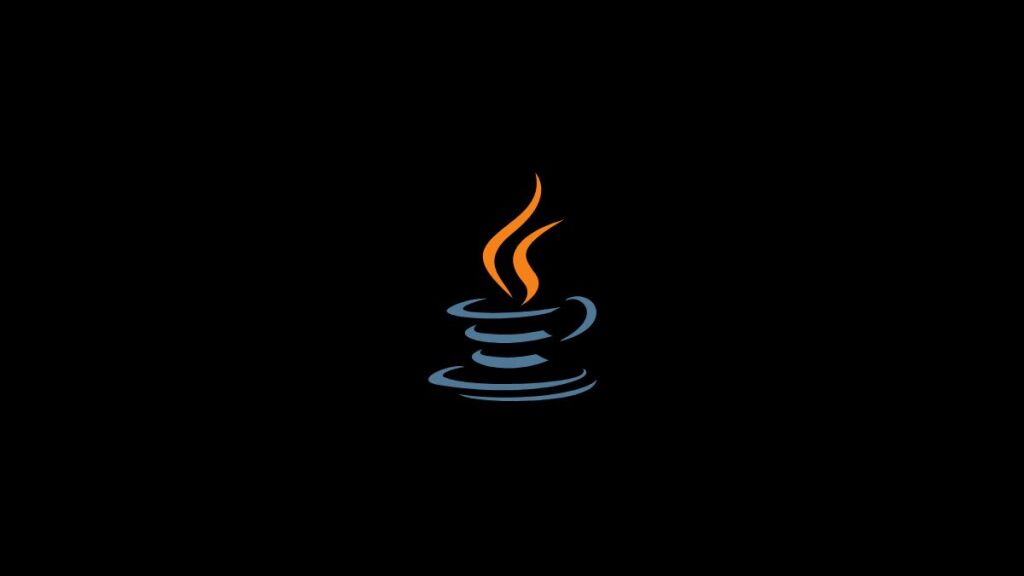The release of Java 11 in September 2018 and Java 17 in September 2021 marks significant milestones in the evolution of Java, one of the most widely used programming languages and platforms for application development. Java 11, designated as a Long-Term Support (LTS) version, brought several new features and updates that improved the efficiency and productivity of developers. Java 17, the next LTS release after Java 11, introduced additional enhancements and changes, further shaping the Java ecosystem. This article compares Java 11 and Java 17, highlighting the key features, enhancements, and differences between these two major versions.
Java 11: The Emphasis on Productivity and Efficiency
Java 11 is the first LTS release under Oracle’s new six-month release cadence, which aims to provide a more predictable release schedule, allowing developers and organizations to plan their upgrades more efficiently. Key features and enhancements in Java 11 include:
New Features
- HTTP Client API (Standard): Java 11 standardized the HTTP Client API introduced in Java 9, providing support for HTTP/2 protocol and WebSocket, enabling modern web communication patterns.
- New String Methods: Added several new methods to the
Stringclass, such asisBlank(),lines(),strip(),stripLeading(), andstripTrailing(), to ease common string operations. - Local-Variable Syntax for Lambda Parameters: Enhanced the
varkeyword introduced in Java 10, allowing developers to use it for lambda parameters, thereby improving code readability. - Running Java Files Directly: Java 11 allows running single-file Java programs directly without compiling them explicitly, using the
javacommand. This feature is particularly useful for scripting and quick testing.
Removed and Deprecated Features
- Removal of Java EE and CORBA Modules: Reflecting the shift towards microservices and modern cloud-native applications, Java 11 removed Java EE and CORBA modules from the JDK.
- Nashorn JavaScript Engine Deprecated: Java 11 deprecated the Nashorn JavaScript Engine and the related APIs, signaling a move away from embedding JavaScript execution within JVM.
Java 17: Enhancing Java for the Future
As the latest LTS version at the time of writing, Java 17 encapsulates advancements and refinements from Java 12 to Java 17, focusing on language enhancements, performance improvements, and new APIs. Notable features introduced in Java 17 include:
New Features
- Sealed Classes: Java 17 introduced sealed classes and interfaces that provide a more declarative way to control inheritance. This feature allows class designers to define which other classes or interfaces may extend or implement them.
- Pattern Matching for
switch: Although still in preview in Java 17, this feature extends pattern matching toswitchexpressions and statements, simplifying common coding patterns and improving code readability. - Strong Encapsulation of JDK Internals: Java 17 strongly encapsulates JDK internals by default, except for critical internal APIs such as
sun.misc.Unsafe. This change aims to encourage the use of standard APIs and improve security and maintainability.
Removed and Deprecated Features
- Removal of the Experimental AOT and JIT Compiler: Java 17 removed the experimental Ahead-of-Time (AOT) and Just-In-Time (JIT) compiler introduced in earlier versions, focusing on improving the standard JIT compiler performance.
- SecurityManager Deprecated: The
SecurityManageris deprecated for removal, signaling a shift in how Java applications manage security policies.
Comparison and Migration Considerations
Performance and Productivity
Both Java 11 and Java 17 bring performance improvements and new features designed to boost developer productivity. While Java 11 laid the groundwork for HTTP/2 support and introduced handy string methods, Java 17 offers pattern matching for switch (in preview) and sealed classes, among other features, enhancing the language expressiveness and control over class hierarchies.
Migration Path
Organizations on Java 11 considering an upgrade to Java 17 should assess the removal of deprecated features, such as the experimental AOT/JIT compiler and the encapsulation of JDK internals. The migration should be relatively straightforward for applications not relying on these removed features or internal JDK APIs.
Future of Java
Java 17 sets the stage for future enhancements, including Project Loom (aiming to introduce lightweight concurrency with fibers), Project Panama (improving connections between Java and native code), and Project Valhalla (bringing value types and generic specialization). These projects, once completed, will significantly influence the Java ecosystem, making Java more competitive and efficient for modern application development.
Conclusion
The evolution from Java 11 to Java 17 illustrates Oracle and the Java community’s commitment to enhancing the Java platform, making it more robust, efficient, and easier to use. Both versions serve as critical milestones, with Java 17 building upon the foundation laid by Java 11 and previous versions. As Java continues to evolve, developers and organizations are encouraged to stay up-to-date with the latest releases, leveraging new features and improvements to build and maintain high-quality Java applications.
- Car Dealership Tycoon Codes: Free Cash for March 2024 - April 9, 2024
- World Solver - April 9, 2024
- Roblox Game Trello Board Links & Social Links (Discord, YT, Twitter (X)) - April 9, 2024

